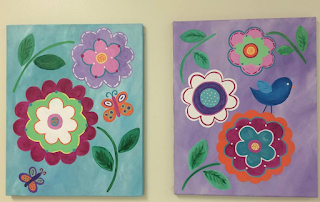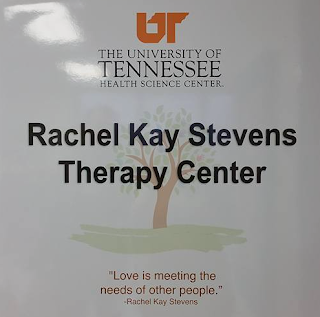When a child feeds herself, cuts with scissors and colors with crayons, she is using fine motor skills. It is important to develop fine motor skills in early childhood, so that children can be successful in school. Research tells us that much of a child’s school day involves the use of fine motor skills.
Coloring is a great way to develop fine motor skills! Encourage your child to color these free holiday coloring pages, and she will have fun while developing her fine motor skills. To encourage a proper grasp, break crayons into small pieces. This requires the use of the thumb, index, and middle fingers to hold the crayon pieces when coloring, which lays the foundation for a more mature pencil grasp in the future. Enjoy these free holiday coloring pages! Happy holidays!
Coloring is a great way to develop fine motor skills! Encourage your child to color these free holiday coloring pages, and she will have fun while developing her fine motor skills. To encourage a proper grasp, break crayons into small pieces. This requires the use of the thumb, index, and middle fingers to hold the crayon pieces when coloring, which lays the foundation for a more mature pencil grasp in the future. Enjoy these free holiday coloring pages! Happy holidays!
































 http://drannezachry.com/wp-content/uploads/2016/04/Visual-Closure.pdf
http://drannezachry.com/wp-content/uploads/2016/04/Visual-Closure.pdf











